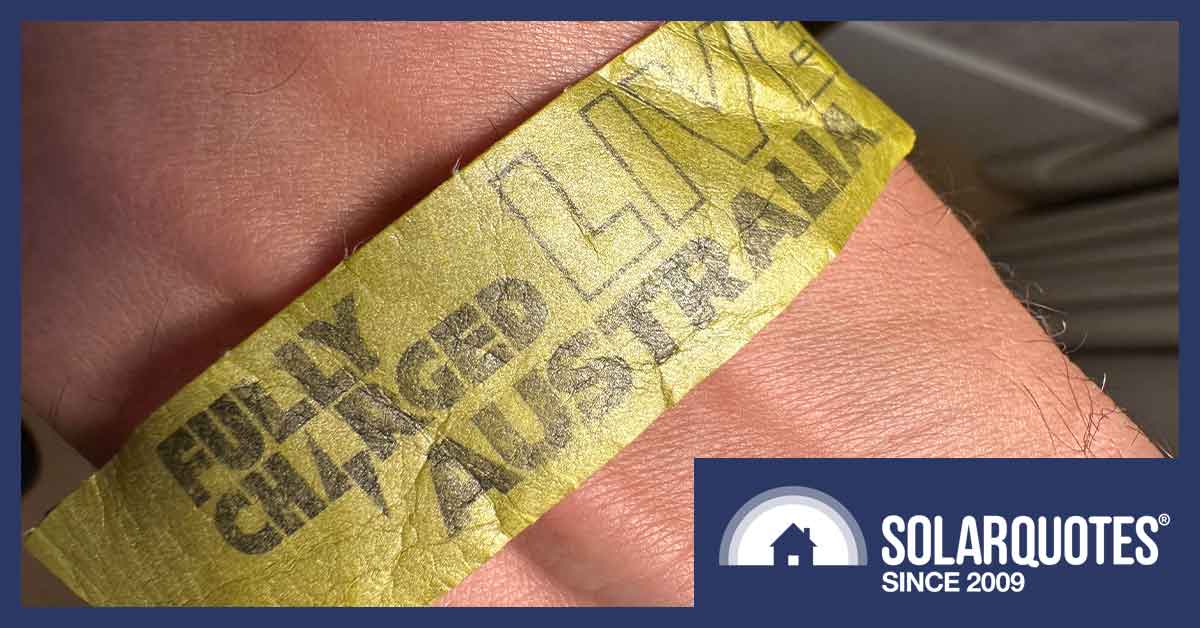
I just spent all weekend in Sydney at Fully Charged Live; an electric vehicle show. That means electric cars, motorbikes, bikes, scooters, vans, buses, conversions and race cars.
Was it any good? What did I learn? Should you go next year? Read on to find out!
Friday Night: ‘Media Preview’
Before the show, I was a bit worried. How exciting can a room full of static cars be? Will anyone turn up? Or will it just be a crestfallen Robert Llewelyn walking around, thanking a few early adopters for coming and then returning to his hotel to cry into his pillow?
I was still a bit worried at the ‘media preview’ on Friday night. The cavernous hall with only a hundred or so media people in felt eerie.
I found the MG4 unveiling on Friday a little odd. But then, I’ve never been to a car unveiling before. The CEO of MG Motor Australia quietly gave some details about the car and everyone listened respectfully.
Then the big sheet was pulled off, and we all got to see what the MG4 looked like. Even though we already knew because it’s been out in Europe for some time now.
But I’ve gotta say, polished to an inch of its life, in the flesh, it did sparkle and looked like a modern, well-designed, small/medium hatchback. The interior was uncluttered and suited a modern electric car.
I’m not a car guy. I don’t really know what more to say about it. The YouTube car reviewers did, though. They descended onto the car, waxing lyrical into their cameras. I honestly don’t know how they find the words. But then, I guess they wouldn’t have much to say about a solar inverter.
What did bewilder me about the car launch was this: MG wouldn’t tell us how much it will cost in Australia. Since it has been heralded in Europe as the ‘Bargain Of The Century?‘, that omission seems nutty. That was literally the only detail I wanted to know. I think the shorter-range model will be about AUD $42,000, but don’t hold me to that.
Fully Charged Live: The Weekend
Walking up the stairs at the ICC at 10:30 am Saturday, I soon realised any worries about visitor numbers were misplaced. The queues were frustratingly long. I heard later they had over 9,000 through the door that day.
And as I walked into the hall, it was amazing (but kind of obvious, doh!) what a difference thousands of enthusiastic visitors make. The place was buzzing. It looked like the Fully Charged crew had defied the odds and pulled off a bustling show from their UK HQ at the other end of the planet. That’s no mean feat.
Talking to attendees1 there was a good mix of diehard early adopter EV nerds and enthusiastic EV newbies looking for information and inspiration.
Nash from Wollongong captured the atmosphere well with his walkaround video:
People were poring over the EVs on display, and I heard the test drives were going great guns. The Polestars were being poked and prodded within an inch of their Sino/Swedish lives. I suspect Polestar took a shed ton of orders over the two days.
One EV I was really looking forward to seeing was the electric Kombi, the VW ID.Buzz. This was promised in the program but wasn’t actually there. Sad face.
Speaking of no-shows, the only major car manufacturers officially there were Polestar, MG, BYD and LDV. Go China! Boo! to everyone else.
Fully Charged CEO Dan explains here the lengths Fully Charged went to get as many manufacturers present as possible:
They were all approached multiple times over many months, at cost (stand + test drives), AND for free (electric alley), so I put it down to 3 things: 1 – vehicle availability, 2 – not taking us seriously (despite many successful shows globally), 3 – many still don't want this.
— #StopBurningStuff (@StopBSCampaign) March 12, 2023
Dan fully expects the big brands to show up at Fully Charged Live in Australia next year.
Yes, feels like a snub, but as in the UK and elsewhere the show becomes unignorable. Our shows typically double or treble in size in year 2 once the proof of concept is shown and they know we will 'empty chair' those that do not attend.
— #StopBurningStuff (@StopBSCampaign) March 12, 2023
Big props to Dan and the crew for going ahead despite the major car manufacturers’ absence. And well done hustling real-world owners to get many of those manufacturers’ cars on display anyway. In my experience, marketing and PR departments in big corporates will only be dragged away from the traditional media kicking and screaming2.
My Fully Charged Live Sydney preview blog post lists the cars available for test drives, and on static display. I won’t post pics of all the cars on display, but I will post a pic and specs of my favourite car at the whole show, the Smart EQ.
Smart EQ specifications:
- Body type: Hatchback
- Doors: 2, Seats: 2
- Length: 2.7 m, Width: 1.66 m, Height: 1.55 m
- Curb weight: 1115 kg
- Top speed: 130 km/h
- Acceleration 0-100: 11.5 s
- Drivetrain: Rear-wheel drive (RWD), Automatic
- Battery: 17.6 kWh
- Onboard charger: 22kW (empty to full in 20 min at home!) – Type 2
- Range: 70-160km (real world: 130km)
- The owner’s favourite features: “Heated steering wheel and seats, feels like a zippy go-kart to drive, door close sound has the Merc premium ‘Thoonk’, shit loads of leg room (I’m 6 foot tall and don’t have the seat all the way back), draws the looks at traffic lights.”
- Import from the UK by Top Secret Imports in Blacktown.
- Price: £22,895, Import fees + Duty/ GST: $6264
If you want one of these, you’ll need to import one. And if you want that colour, you’ll need to wrap it. Speaking of wraps, I found out it costs a whopping $4,500 to wrap a Tesla Model 3, and it lasts about seven years.
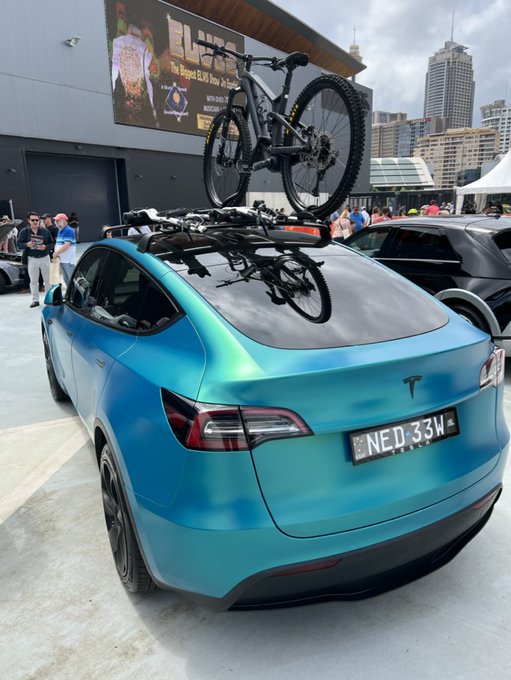
Image: @13arm13arm
EV Conversions
I may not be a new-car guy, but I love classic cars. I also love electricity, so I was happy as a pig in poo at all the EV conversions on display.
The craftsmanship on the classic EV conversions was incredible:
There was also an in-progress Range Rover being converted by schoolgirls. Here’s the full story:
EV Chargers
There were a few EV chargers on display. I won’t bore you with pictures of residential AC wall boxes; you can see them all on our EV Charger comparison chart.
I did have a quick chat with a nice chap at a British company that makes the electronics that go in EV chargers. He was flabbergasted anyone would make an EV charger that is not OCPP3 compatible. I also learned OCPP 2.0 can control bi-directional chargers, so we won’t have the clusterfuck of different protocols for controlling the V2G revolution as we do with solar inverters and home batteries right now. That’s good to know.
Enphase Home Battery
There wasn’t much solar/home battery stuff on show at Fully Charged Live Sydney. Fair enough, it’s an EV show.
But there was an Enphase IQ 5 home battery on display. I’ve seen this battery at a trade show before, but it only dawned on me this weekend how energy dense it isn’t.
When all you have is a hammer, everything looks like a nail. When all Enphase has is microinverters, everything looks like it should be controlled with microinverters.
Battery Power
But controlling a battery with a microinverter is a silly idea. One problem is requiring 14 x 350W microinverters to handle a continuous battery power of 4.9kW. That means microinverter batteries with decent power output will need huge enclosures for all those micros.
Battery Energy Storage Capacity
To beat the Powerwall’s 13.2 kWh energy storage capacity, you’ll need 3 IQ5 battery boxes and a giant “IQ system controller 2” box that’s almost the same size.
If you want an Enphase home battery, I hope you’ve got a big wall! With the minimum 150mm inter-battery spacing, I think you are looking at over 2.5m of wall space for 14.88 kWh of usable storage. Compare that to a 0.75m wide, 13.2 kWh Powerwall with the gateway box above.
It’s hard enough to find a compliant battery location in Australian houses when you’ve only got one big box to worry about.
Theatre Sessions: Some Gold Nuggets
There were two theatres and 33 sessions – which were all discussions emceed by a charismatic host. As a veteran of many engineering and solar trade events, I’ve got to say that the quality of the discussion was heads and shoulders above what I’m used to at such shows.
I think it comes down to:
- Well-curated hosts who are professional or amateur presenters in their own right (whether that’s TV or YouTube).
- Panels that are (mostly) there because they are legit experts or enthusiasts, not because they work for some corporate.
- No powerpoint presentations!
- Well-chosen, timely topics
While there was not enough in the display hall to keep you there for two days, the quality and quantity of the sessions did justify coming back on Sunday.
Here are some snippets I found interesting. If you’d like me to write up complete sessions, let me know in the comments.
Why we struggle to get EVs in Australia
Ross De Rango from The Electric Vehicle Council:
“So, demand is oversubscribed. We have far more demand for EVs than EVs coming into the country. The reason is that every other OECD country bar us and Russia has fuel efficiency standards. We don’t. So if you’re a vehicle OEM, you’re a car manufacturer, you produce petrol and electric cars, and you are shipping these to Europe, every petrol car you ship to Europe incurs a $4,000 penalty.
Every electric car you ship gives you a $20,000 rebate against that penalty. We don’t have that here. So for a car maker to ship EVs here, they are foregoing $20,000 in penalty offsets for every car that comes here. So, of course, we’re not gonna get the cars.”
Why we need at least 150% renewables to get 100% renewables
Saul Griffiths; who helped lobby for the mammoth Inflation Reduction Act in the USA:
“the biggest piece of climate legislation in human history. Probably gets rid of 20% of US emissions by 2030”
.. and now lobbies to “set up Australia’s energy system to be the lowest cost for consumers”.
“There’s a great study out about two months ago in the science journal Nature Magazine4. And it looks at every country in the world, and it says, how much overcapacity of sunshine and wind do you need if you have 12 hours of storage capacity, to get a hundred percent reliability in your electricity system? Because it’s cheaper to add another 50% of solar for the slightly cloudy days than to add weeks and weeks of batteries.
Anyway, the answer is Australia could do a hundred percent renewable all the time, every day of the year, with 150% wind and solar and 12 hours of storage, which means you don’t need any long-duration storage.
So, this is extraordinary and should blow your mind. What that really implies is that 50% of that 150% will be functionally free electricity. And so we will have this huge amount of excess electricity that has no load. The biggest industrial loads will go after that because that will be the very, very lowest cost electricity if they can modify the times of day they use it.
Saul on what happens to your local economy when we all have electric vehicles and stop buying petrol and diesel:
“We spend 50 billion on foreign oil, which is more than we make in profitable margin on all the gas and coal we export. So, actually looked on like net Australian dollars, we’re already net negative on our fossil fuel industry.
I’ve been thinking about how this problem translates to the community. I see at least one electrified 2515 shirt out there. So, as an example, 2515 is a postcode just out of Sydney. It’s got 4,000 households in it. They spend around 12 to 15 million a year purchasing petrol products. That creates like one job at the local servo and they’re also selling you tobacco and sugar. So three things that kill you.
Then because of studies that Renate has been involved with you look at the potential for a rooftop in our community to generate the electricity that will offset that and we could produce at least half and maybe nearly all of the electricity to run all those cars. If we did that, we’d be keeping 10 million dollars a year in our community.
Once you’ve gold-plated the bowlo and you’ve put solar all over the roof in the surf club, you’ve run out of places to spend 10 million a year in a town of 4,000 people. So, really this is to underscore that part of the Australian renewable energy superpower is we are going to have this extraordinary windfall for local communities if we do this right. And that’s going to come down to how we set the policies around how the local distribution grids deliver electricity.”
How sustainable is it to mine all the materials we need to make all these electric car batteries?
I’ll leave the last word to Professor Ray Wills. This guy is more than a stuffy academic – he’s recently sold the rights to a quarter-billion-dollar solar and storage farm in WA.
“When you’re talking about mining, you can only talk about making it as sustainable as practical. Obviously, if you’re taking virgin material from the ground and using it for the first time, you have to have an extraction. We will reach the point where all the materials that go into a battery are recyclable. But to get to something recyclable, you’ve gotta have volume and scale.
Mining operations, of course, will impact the land that we are extracting from. To put it into perspective, though, we need about 2 million tons of lithium annually. That’s a lot, but we take 2 billion tons of coal year out of the ground. So by replacing the electrical systems from coal and gas power to battery power, we’re reducing the amount of minerals we’re taking outta the planet.
We take around about 1.2 billion tons of iron ore out of the ground a year. So in comparison, the extraction of lithium is tiny. It needs to be sustainable, but, in terms of the scale of impact of human events on mining, lithium and related materials’ impact is far less than fossil fuel extraction.”
Should You Go To Fully Charged Live Australia 2024 / Everything Electric Australia 2024?
If you are in Sydney or can make an excuse to be in Sydney and are reading this blog, I suspect you’ll enjoy the show in 2024 – which will be renamed to “Everything Electric Australia”. Expect a much bigger show, more major auto manufacturers, and even an extra day of inspired people getting excited about the clean energy revolution happening before our eyes.
Footnotes
- Almost everyone I talked to had bought solar using SolarQuotes – which blew my mind! ↩
- I’m so happy Tesla disbanded their PR department in Australia. They once demanded I remove images I got from their online media pack. They said SolarQuotes wasn’t media, so couldn’t use the images or videos. ↩
- OCPP is an open protocol that allows other devices and services to interact with your car charger ↩
- I can’t find it! If you know the study, please comment ↩

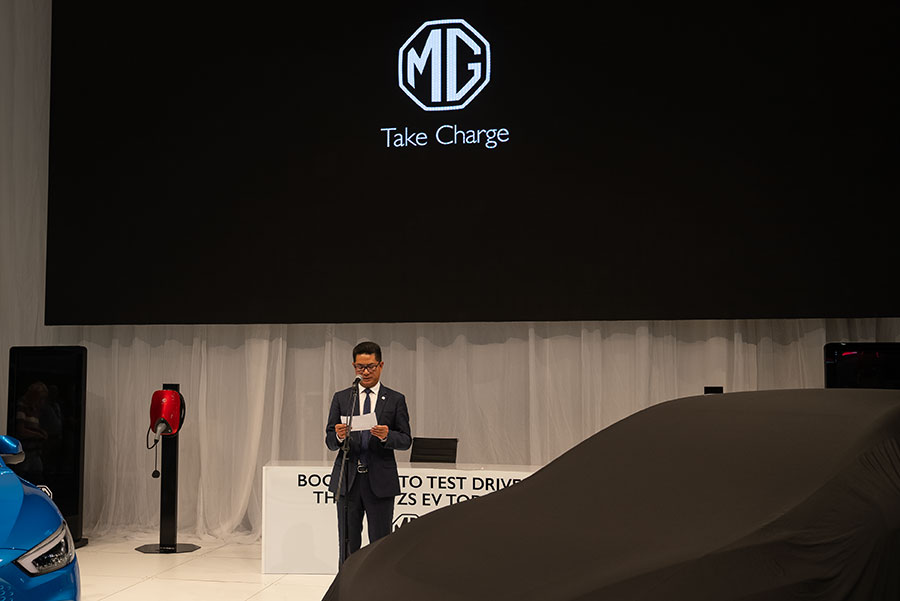
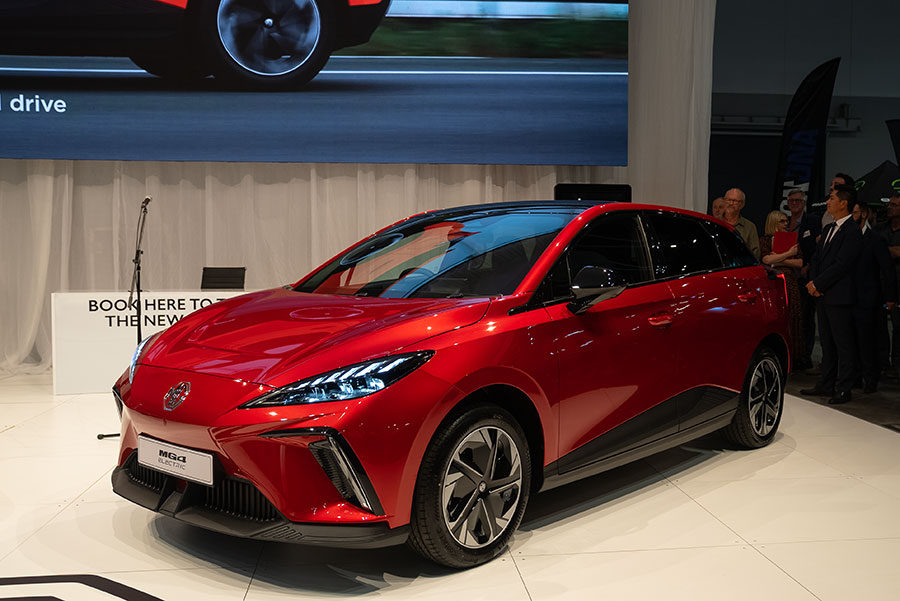
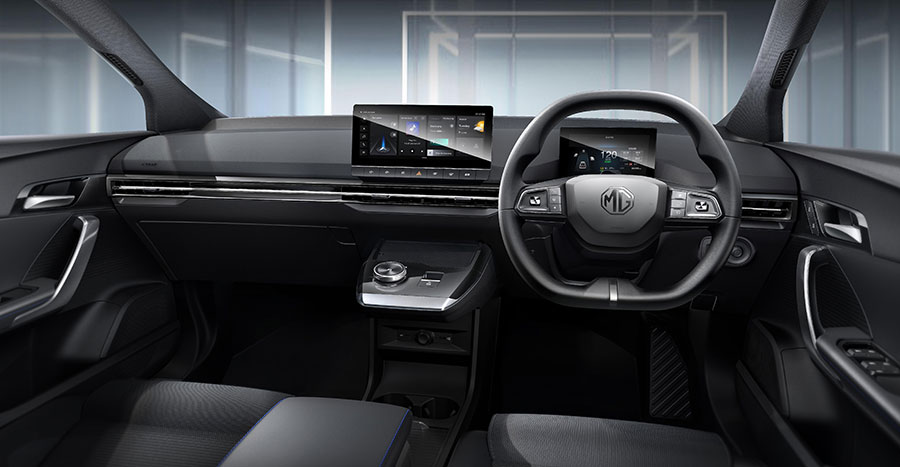
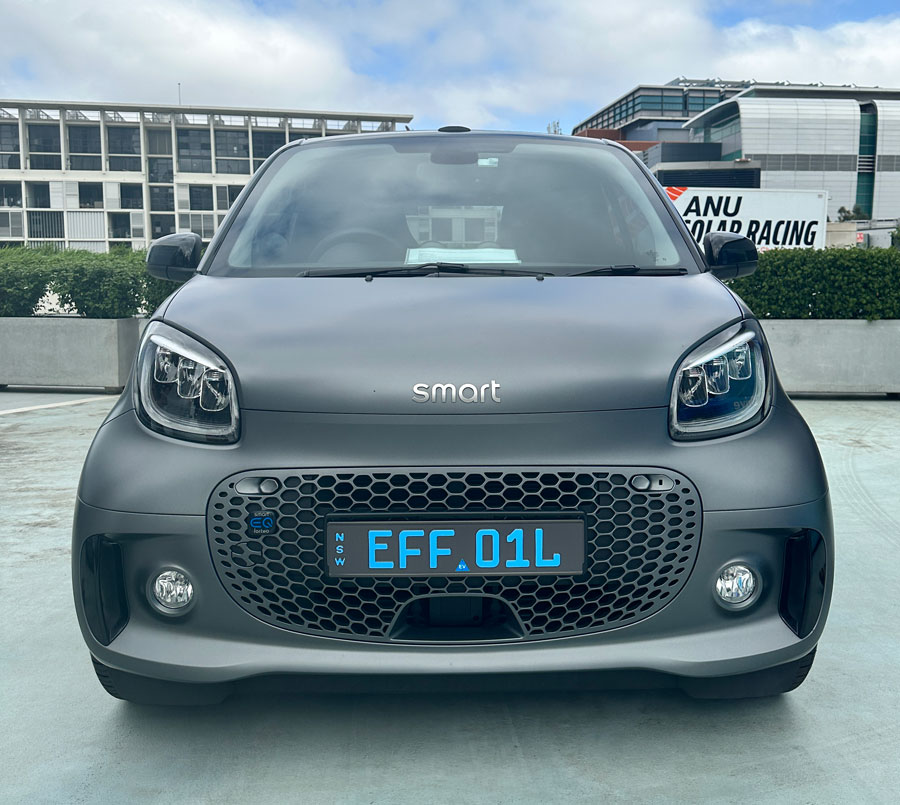
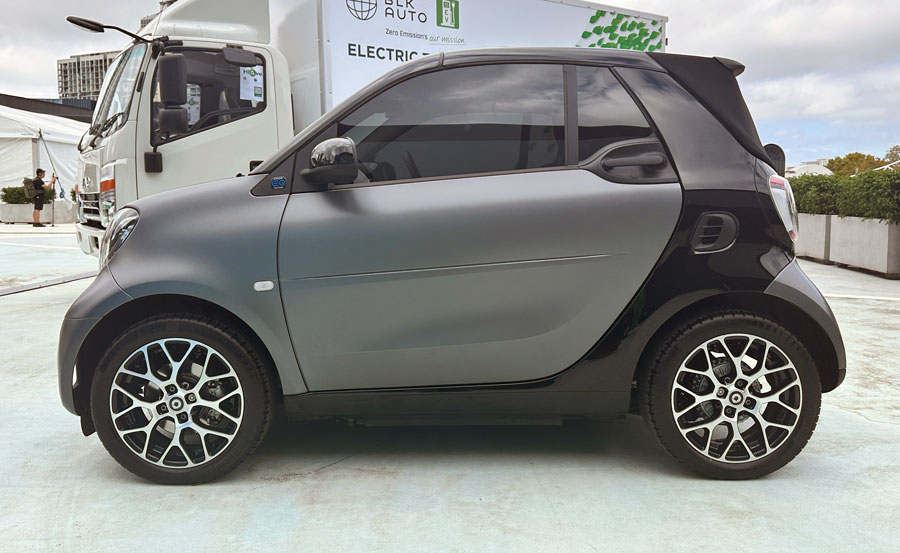
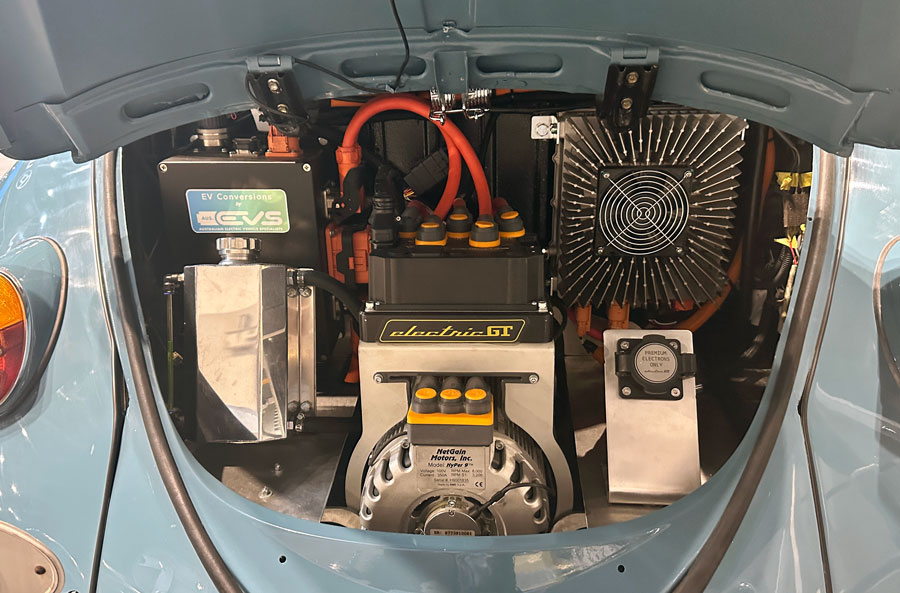
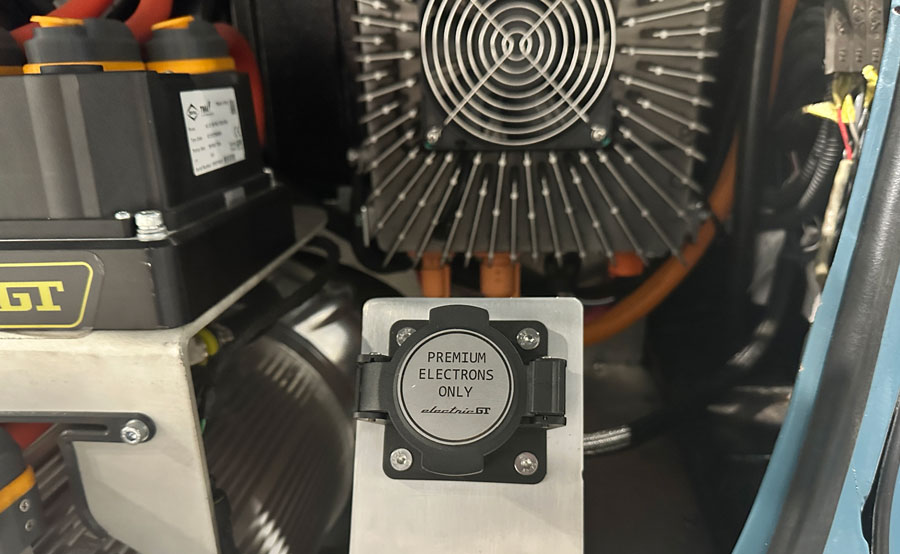
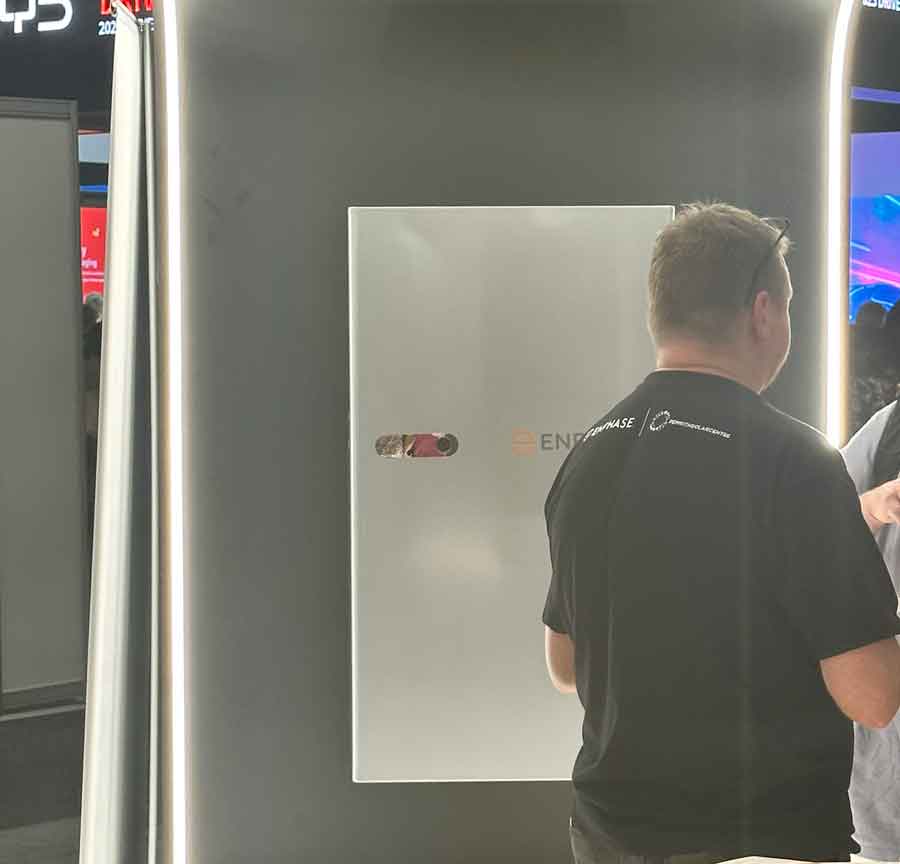
 RSS - Posts
RSS - Posts



Love it, thank you for the write up. I really wanted to attend but couldn’t make it to Sydney. The future is so exciting.
Great article, thanks Finn. So often when discussing EVs with friends, the question of range comes up. It’d be nice if ‘fuels’ were measured in energy/joules, or kWh, rather than volume. A standard petrol or diesel is a total energy pig, using 10-20 times the energy of an EV to do the same km. And most of it goes straight out the exhaust, not contributing to the km at all.
Was there a sense at the show that Tesla can be ‘caught’ in terms of EV development? They have such a headstart.
I’d love to see the bowsers sell fuel in kWh!
The consensus seemed to be that mechanically other OEMs are catching or have caught or even surpassed Tesla.
But in manufacturing innovation, other OEMs are way behind – with much smaller margins as a result.
In terms of FSD – some thought it will never reach true Autonomy, and others thought that if/when it gets there, Tesla will destroy the competition who won’t be able to drive autonomously without LIDAR and pre-mapped roads.
“I’d love to see the bowsers sell fuel in kWh!” If nothing else, a benefit might be people coming to understand that ‘kW’ and ‘kWh’ are not interchangeable terms and kW/h makes no sense at all, at least in this context.
There’s a very interesting long interview with Elon Musk, where he talks candidly about the challenges they had getting to scale in manufacturing. Anybody can build a perfect prototype, but churning out millions of that design to millimetre precision is a herculean engineering challenge. The OEMs have nearly a century of experience in that, so that’s a big advantage to them, with the mechanicals. But Tesla is learning fast, and is doing things like reducing the number of parts in a vehicle, so that you need fewer interfaces with those millimetre tolerances (a bit like Apple did with its laptops).
Some analysts say the current expansion to the Nevada gigafactory is designed to push Tesla batteries down about 30-40% in price. Which alone could send other companies competing in the EV space under. Toyota may not survive, some claim.
I think full self-driving is a silly aim. Something like an aircraft autopilot is all we need, and we’re pretty close with that already.
Tesla in the US is also dropping the price to put pressure on its rivals – there’s some US government handout\tax credit being given to EV makers, and most companies are saying thanks for increasing our profit margins.
If you’re interested here’s the original source: https://www.businessinsider.com/tesla-electric-vehicle-price-war-winning-elon-musk-ford-gm-2023-3
Thanks, very interesting. This seems to be the strategy now, from Tesla. Use the economies of scale it’s developed with EVs to drive prices down and competition out. Given the pig-headed motivated resistance of the existing industry, good on them.
As regards EV scarcity, is it really EV scarcity, or vehicle scarcity generally? Some time ago I heard that it’s an 18+ month wait to buy a basic ICEV. Things could have changed, but supply chains were messed up with COVID and some remain problematic.
Yes I understand you’re probably talking varieties rather than absolute numbers, but Australia is a tiny market in a remote corner of the global stage
Thanks for interesting article, just wondering if you spoke to anyone about Ute’s, not the fancy 4×4, but everyday work horses. Chinese sites advertise them dirt cheap, but of course you can’t always bring them in…re safety standards etc. When my PHEV dies, looking at getting a conversion done on a standard work ute.
Re the 150% renewables required to meet demand it seems that whoever is calculating this figure has not taken into account future heavy industry working on a 24 hour production cycle. It is ok for residential but we need to encourage industry back into Australia. Without guaranteed 24 hour bulk power they won’t come and we slide further down the rabbit hole and Asia will reap the benefits. We have exported most of our expertise already to China.
Thanks for this, very informative.
I was a solar dummy. I have retained all your emails however, because they are entertaining and easy to read. Love your work.
Hi hi
Thanks for the entertaining and informative article. I’m delighted to see the SMART car is your favorite, mine too and I’ve been looking at getting one for some time but not after second hand. I’ve been in touch with local dealers and have been brushed off for years. I think I’m becoming a pest because they don’t reply any more.
Any pointers as to how to start the import? Perhaps go directly to OS manufacturers?
Cheers
We traveled from Melbourne to the show and thought it was good. We are looking to buy an EV when they are more reasonably priced and there is more choice, which is looking like very soon (even this year)! I thought it was weird that MG didn’t actually “launch” the car – it’s going to be later this year and we actually spoke to the MG CEO (we didn’t know who he was at the time) and he said August. It was great to test drive the Cupra Born – shame we couldn’t test drive the MG4. I think Fully Charged did a great job and the panels we saw were excellent.
thank you for a very informative synopsis of your visit to the EV Expo
The 150% + 12 hrs backup covers all users of electricity in Australia any time of the day or night.
What he is saying is that to cover periods of “dunkelflaute” in Australia all we need is an extra 50% of generation above and beyond normal consumption (whatever demand there may be).
The extra 50% generation is to cover periods of “dunkelflaute”. And only 50% extra in Australia because we have very favourable conditions due to large area with many different weather systems and lots of sun and wind (basically all the time somewhere in the country) unlike Germany where the word dunkelflaute comes from.
Germany will have to buy energy from other countries around it and generate and store more energy than Australia due to its weather and geography.
https://ieefa.org/articles/australia-wind-and-solar-drought-study-finds-less-cause-concerns